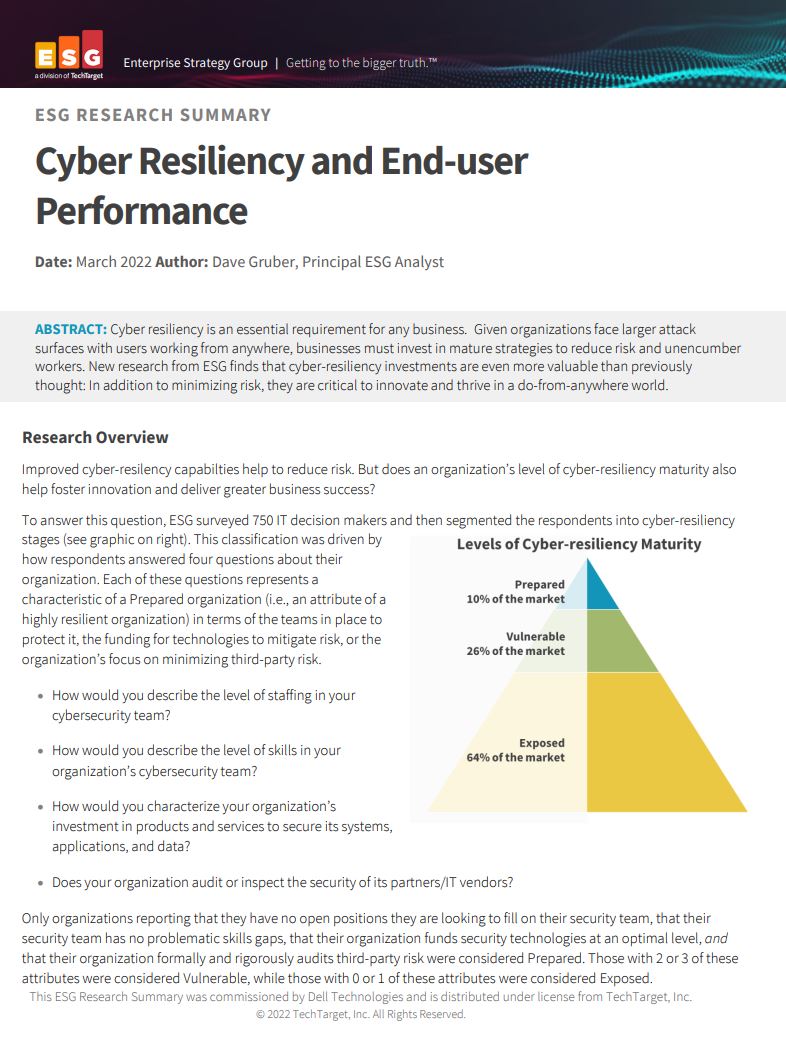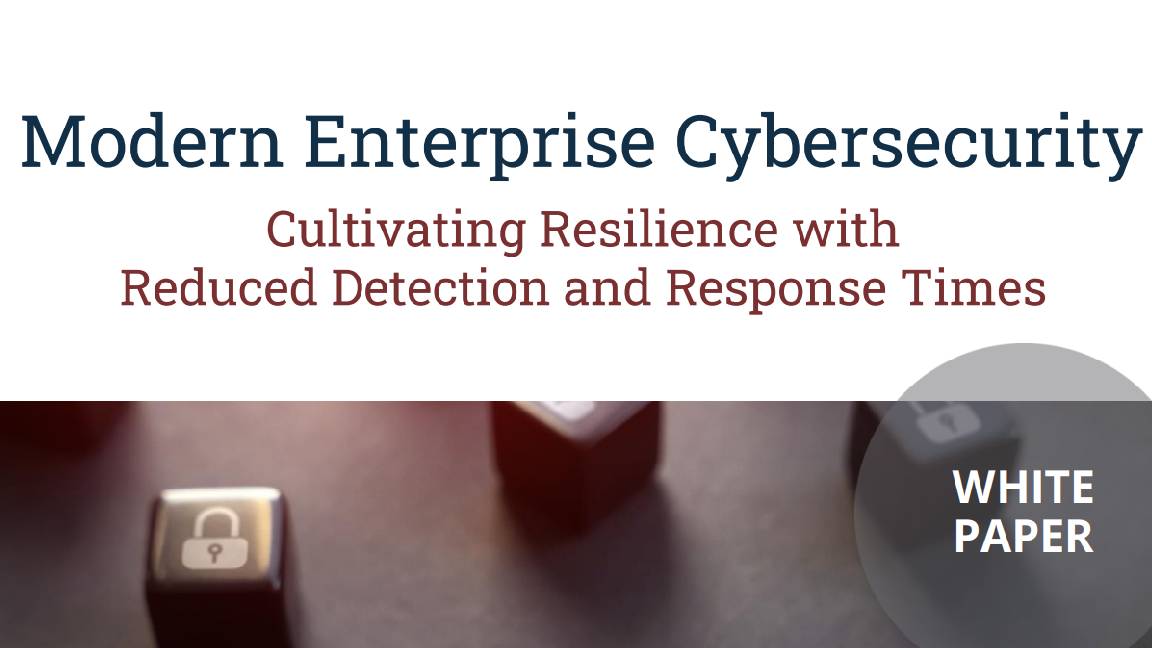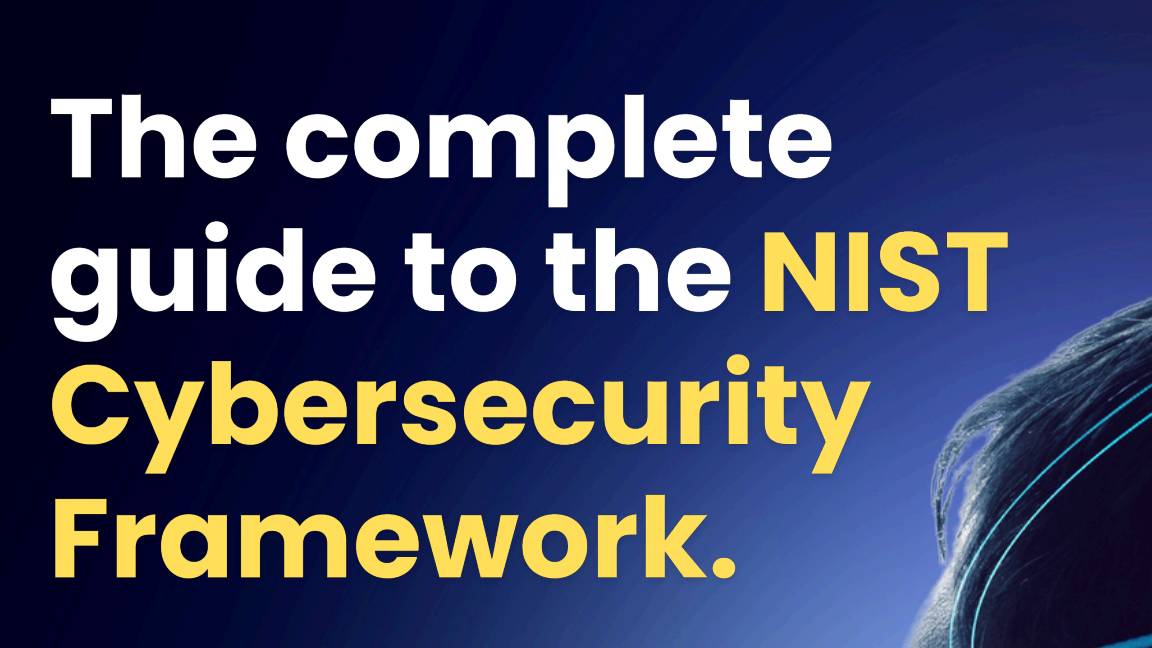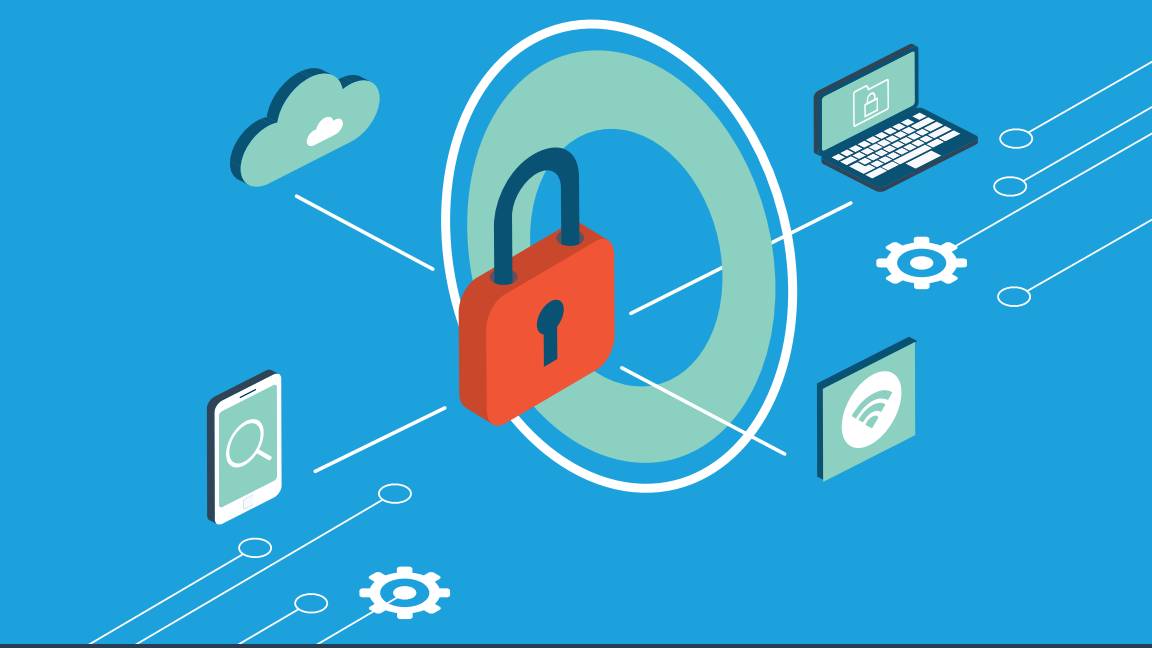Gartner: Most businesses are dropping security vendors to improve cyber resiliency
The vast majority of organisations around the world are pursuing vendor consolidation to improve security and decrease complexity


Many global organisations are actively trying to reduce the number of cyber security vendors they rely on in their technology stacks.
In total, 75% of organisations responding to Gartner’s research survey expressed dissatisfaction with their overall security posture as a result of relying on products from too many vendors.
The percentage of organisations looking to homogenise their security stack is up by 29% compared to last year’s results with the primary reason being to improve security, rather than budget restrictions.
Another of the main reasons why the figure has jumped in 2022 is that organisations report wanting to reduce the complexity involved with learning, using, and managing all the products they own.
“Security and risk management leaders are increasingly dissatisfied with the operational inefficiencies and the lack of integration of a heterogenous security stack,” said John Watts, VP analyst at Gartner. “As a result, they are consolidating the number of security vendors they use.”
“Cost optimisation should not be the primary driver for vendor consolidation,” he added. “Organisations that look to optimise costs must reduce products, licenses and features, or ultimately renegotiate contracts.”
For those who said they were not currently considering consolidating their security vendors, the two main reasons for the decision were time constraints and the partnership between them and the vendor being “too rigid”.
Get the ITPro daily newsletter
Sign up today and you will receive a free copy of our Future Focus 2025 report - the leading guidance on AI, cybersecurity and other IT challenges as per 700+ senior executives
RELATED RESOURCE

Cyber resiliency and end-user performance
Reduce risk and deliver greater business success with cyber-resilience capabilities
Gartner’s analysts highlighted solutions such as extended detection and response (XDR) and secure access service edge (SASE) as some ideal starting areas to begin consolidating vendors.
“Security and risk management leaders must consider XDR and SASE as compelling options to start their consolidation journey,” said Dionisio Zumerle, VP analyst at Gartner. “SASE provides secure enterprise access, while XDR focuses on detecting and responding to threats through increased visibility on networks, cloud, endpoints, and other components.”
Gartner reported that 41.5% of survey respondents plan to have adopted SASE solutions in their organisations by the end of the year, and 54.5% of respondents plan to have implemented XDR before 2023, too.
Most organisations (57%) also report being able to resolve security issues faster after implementing XDR and a similar proportion said SASE simplifies policy management while improving security.
“Security and IT leaders should plan at least two years for consolidation as it takes time to effectively consolidate and consider incumbent vendor switching costs,” said Watts. “It is also important to anticipate vendor merger and acquisition disruption as the security market is always consolidating but never consolidated.”

Connor Jones has been at the forefront of global cyber security news coverage for the past few years, breaking developments on major stories such as LockBit’s ransomware attack on Royal Mail International, and many others. He has also made sporadic appearances on the ITPro Podcast discussing topics from home desk setups all the way to hacking systems using prosthetic limbs. He has a master’s degree in Magazine Journalism from the University of Sheffield, and has previously written for the likes of Red Bull Esports and UNILAD tech during his career that started in 2015.
-
 Third time lucky? Microsoft finally begins roll-out of controversial Recall feature
Third time lucky? Microsoft finally begins roll-out of controversial Recall featureNews The Windows Recall feature has been plagued by setbacks and backlash from security professionals
By Emma Woollacott Published
-
 The UK government wants quantum technology out of the lab and in the hands of enterprises
The UK government wants quantum technology out of the lab and in the hands of enterprisesNews The UK government has unveiled plans to invest £121 million in quantum computing projects in an effort to drive real-world applications and adoption rates.
By Emma Woollacott Published
-
 "Thinly spread": Questions raised over UK government’s latest cyber funding scheme
"Thinly spread": Questions raised over UK government’s latest cyber funding schemeThe funding will go towards bolstering cyber skills, though some industry experts have questioned the size of the price tag
By George Fitzmaurice Published
-
 Modern enterprise cybersecurity
Modern enterprise cybersecuritywhitepaper Cultivating resilience with reduced detection and response times
By ITPro Published
-
 IDC InfoBrief: How CIOs can achieve the promised benefits of sustainability
IDC InfoBrief: How CIOs can achieve the promised benefits of sustainabilitywhitepaper CIOs are facing two conflicting strategic imperatives
By ITPro Published
-
 The complete guide to the NIST cybersecurity framework
The complete guide to the NIST cybersecurity frameworkWhitepaper Find out how the NIST Cybersecurity framework is evolving
By ITPro Published
-
 Are you prepared for the next attack? The state of application security in 2024
Are you prepared for the next attack? The state of application security in 2024Webinar Aligning to NIS2 cybersecurity risk-management obligations in the EU
By ITPro Published
-
 The economics of penetration testing for web application security
The economics of penetration testing for web application securitywhitepaper Get the most value from your security solution
By ITPro Published
-
 How to extend zero trust to your cloud workloads
How to extend zero trust to your cloud workloadsWhitepaper Implement zero trust-based security across your entire ecosystem
By ITPro Published
-
 Four requirements for a zero trust branch
Four requirements for a zero trust branchWhitepaper Effectively navigate the complex and ever-changing demands of security and network connectivity
By ITPro Published